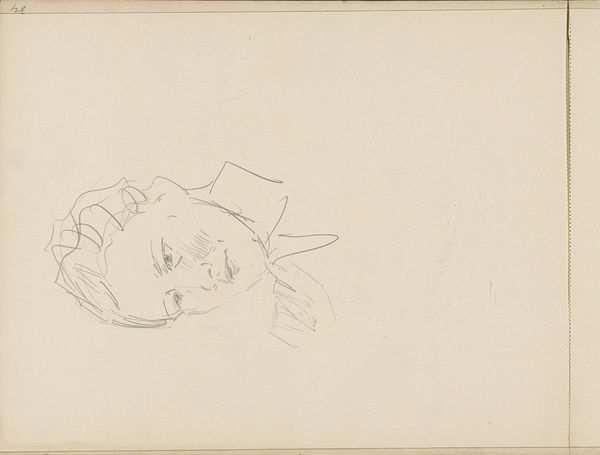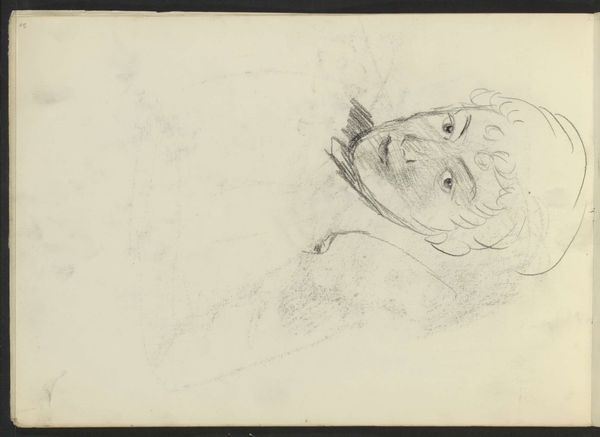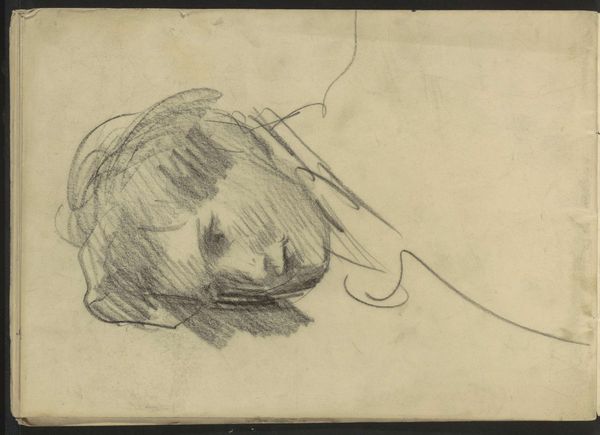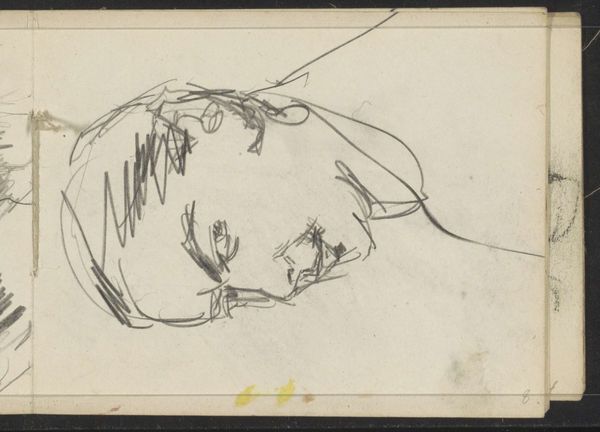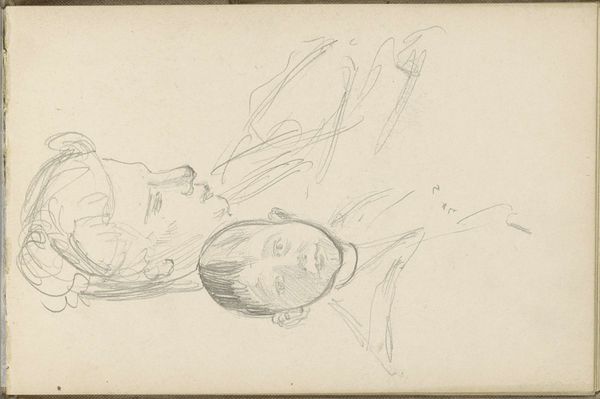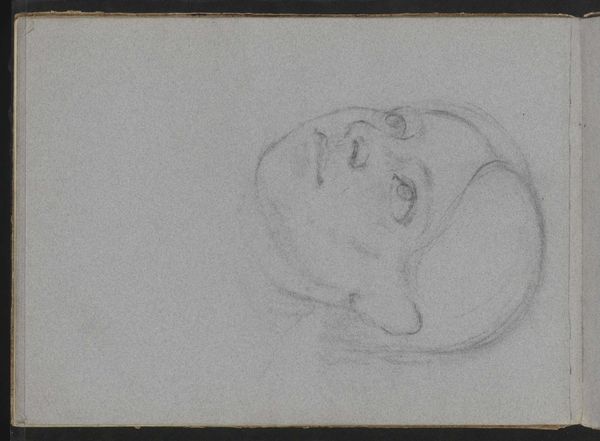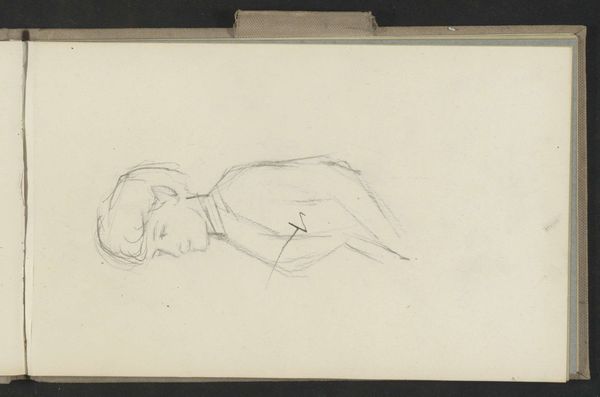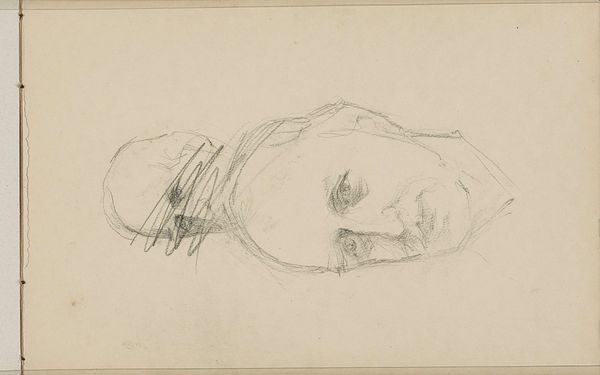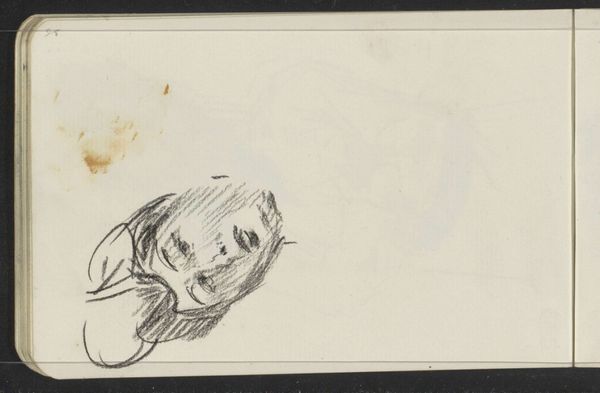
drawing, pencil
#
portrait
#
drawing
#
pencil
#
realism
Copyright: Rijks Museum: Open Domain
Editor: This pencil drawing, titled "Head of a Woman," dates from around 1840 to 1843. It's currently held at the Rijksmuseum. The lines are so delicate, almost tentative. What social narratives might have influenced this portrait? Curator: It’s tempting to see the drawing through the lens of 19th-century power dynamics. A preparatory sketch like this may be reflective of gendered limitations placed on women, confined to the domestic sphere and viewed through a patriarchal gaze. Do you think the lightness of the lines and the somewhat unfinished nature of the drawing plays into this? Editor: That's a great point. Perhaps it reflects a certain disposability or lack of importance assigned to women's images at the time. Could this drawing serve as a quiet act of resistance? Curator: Possibly. Consider how the artist chose to portray her. Is there a vulnerability? Or perhaps defiance in the upturned gaze? Remember, realism itself, though striving for objectivity, always exists within a social and political framework. Even in its seeming simplicity, the drawing offers a starting point for larger conversations around gender and representation. What does that framework suggest about who gets remembered and how? Editor: It’s really fascinating to consider how even an unfinished sketch can carry so much weight. Curator: Indeed. It makes us consider the power inherent in the gaze – both the artist's and our own. Hopefully, that gives you food for thought in your work!
Comments
No comments
Be the first to comment and join the conversation on the ultimate creative platform.
